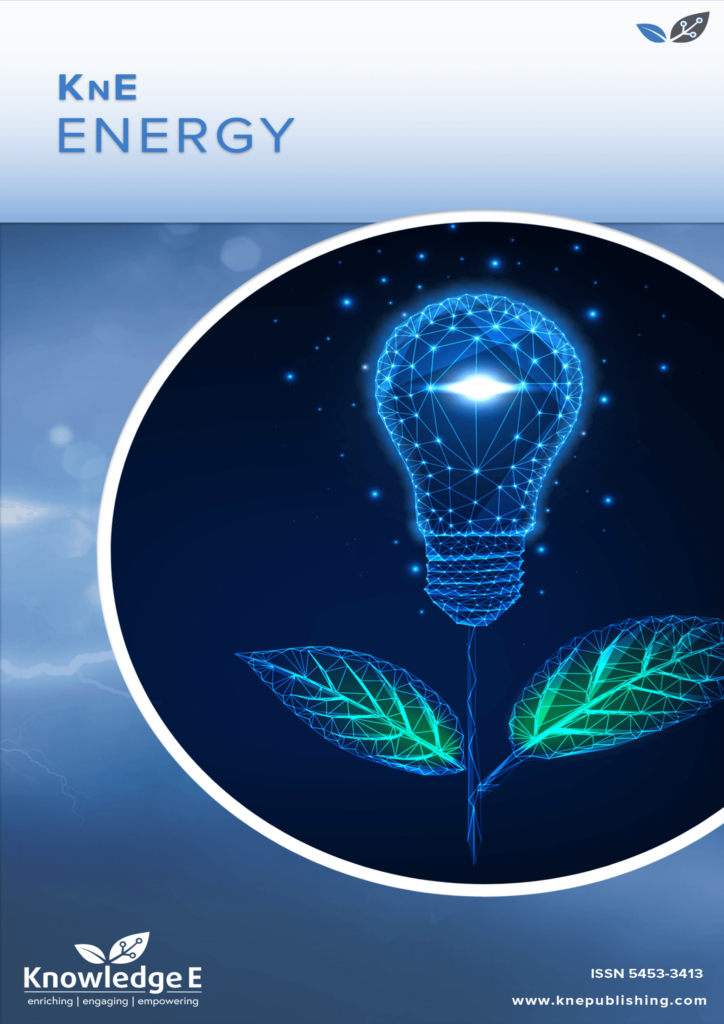
KnE Energy
ISSN: 2413-5453
The latest conference proceedings on energy science, applications and resources
Potential of Antifungal Drugs as Photosensitizers
Published date:Apr 17 2018
Journal Title: KnE Energy
Issue title: The 2nd International Symposium "Physics, Engineering and Technologies for Biomedicine"
Pages:223–231
Authors:
Abstract:
In the present work, using commercially available formulation of polyene antifungal antibiotic amphotericin B, it is shown that its antifungal activity could be enhanced in combination with optical radiation corresponding to the absorption band of amphotericin B due to photodynamic effect. It is assumed that the radical processes dominate in the mechanism of photodynamic action in the presence of amphotericin B.
Keywords: Amphotericin B, antimicrobial/antifungal photodynamic therapy (aPDT), lactate dehydrogenase (LDH), singlet oxygen, laser, LEDs
References:
[1] Nii-Trebi NI, ”Emerging and Neglected Infectious Diseases: Insights, Advances, and Challenges,” BioMed Research International, vol. 2017, Article ID 5245021, 15 pages, 2017.
[2] C. Lee Ventola, ”The Antibiotic Resistance Crisis. Part 1: Causes and Threats,” Pharmacology&Therapeutics, vol. 40, no. 4, pp. 277 - 283, 2015.
[3] Ludmila M. Baltazar, Anjana Ray, Daniel A. Santos, Patrícia S. Cisalpino, Adam J. Friedman and Joshua D. Nosanchuk, ”Antimicrobial photodynamic therapy: an effective alternative approach to control fungal infections,” Frontiers in Microbiology, vol. 6, Article 202, 11 pages, 2015.
[4] T. Dai, H. Ying-Ying, and M.R. Hamblin, ”Photodynamic therapy for localized infections - state of the art,” Photodiagnosis and Photodynamic Therapy, vol. 6, no. 3-4, pp. 170 - 188, 2009.
[5] G. Jori, C. Fabris, M. Soncin, S. Ferro, O. Coppellotti, D. Dei, L. Fantetti, G. Chiti, and G. Roncucci, ”Photodynamic therapy in the treatment of microbial infections: basic principles and perspective applications,” Lasers in Surgery and Medicine, vol. 38, no. 5, pp. 468 – 481, 2006.
[6] T. Maisch, ”Anti-microbial photodynamic therapy: useful in the future?,” Lasers in Medical Science, vol. 22, no. 2, pp. 83 – 91, 2007.
[7] M. Bartolomeu, S. Rocha, Â. Cunha, M. G. P. M. S. Neves, Maria A. F. Faustino and A. Almeida, ”Effect of Photodynamic Therapy on the Virulence Factors of Staphylococcus aureus, ” Frontiers in Microbiology, vol. 7, Article 267, 11 pages, 2016.
[8] ”Photodynamic Inactivation of Microbial Pathogens: Medical and Environmental Applications (Comprehensive Series in Photochemical & Photobiological Sciences),” Edited by Michael R Hamblin, and Giulio Jori, 434 p., 2011.
[9] Tim Mosmann, ”Rapid colorimetric assay for cellular growth and survival: application to proliferation and cytotoxicity assays,” Journal of Immunological Methods, vol. 65, no. 1–2, pp. 55–63, 1983.
[10] David García Fresnadillo, and Sylvie Lacombe, ”Reference Photosensitizers for the Production of Singlet Oxygen,” in a Book “Singlet Oxygen: Applications in Biosciences and Nanosciences,” vol. 1, p. 105 - 143, 2016.
[11] Katarzyna N. Jarzembska, Daniel Kamiński, Anna A. Hoser, Maura Malińska, Bogusław Senczyna, Krzysztof Woźniak, and Mariusz Gagoś, ”Controlled crystallization, structure, and molecular properties of iodoacetylamphotericin B,” Crystal Growth&Design, vol. 12, no. 5, pp. 2336–2345, 2012.
[12] D. M. Kaminski, ”Recent progress in the study of the interactions of amphotericin B with cholesterol and ergosterol in lipid environments,” European Biophysics Journal, vol. 43, pp. 453 – 467, 2014.